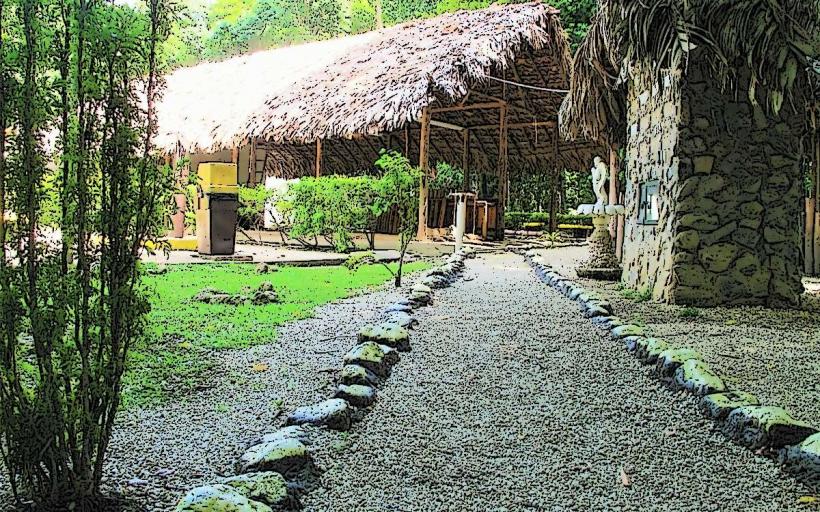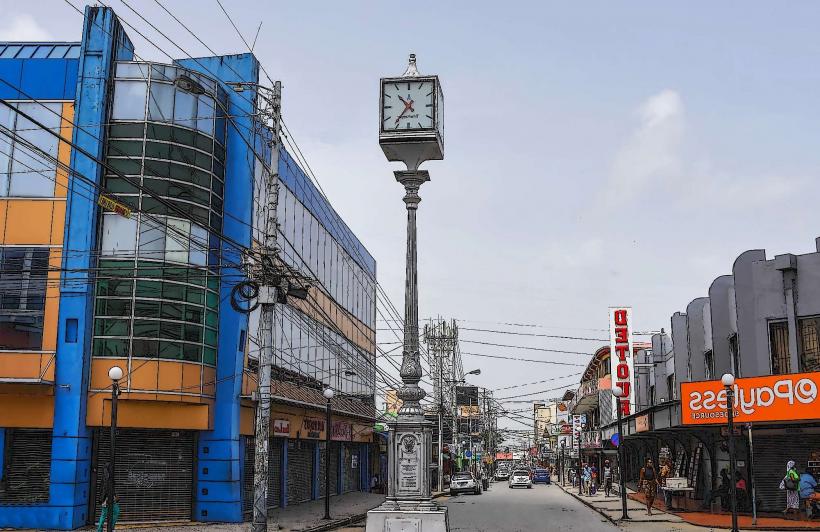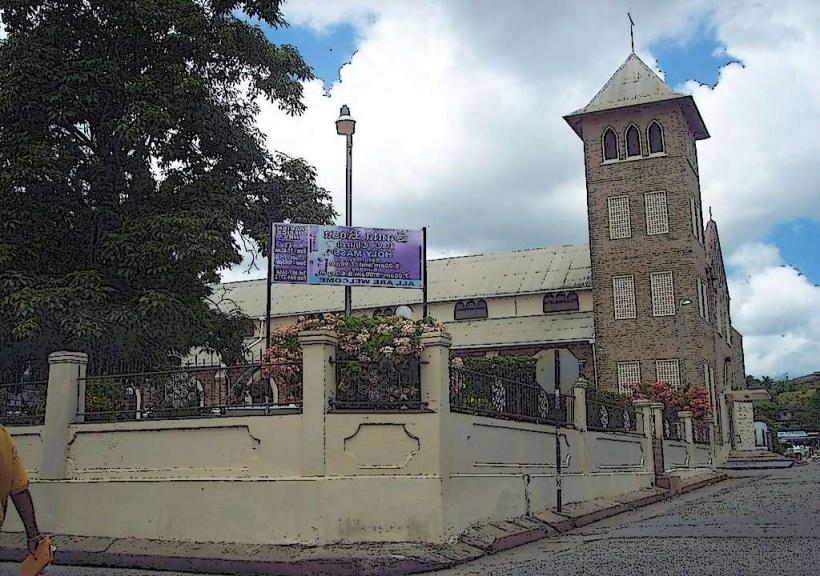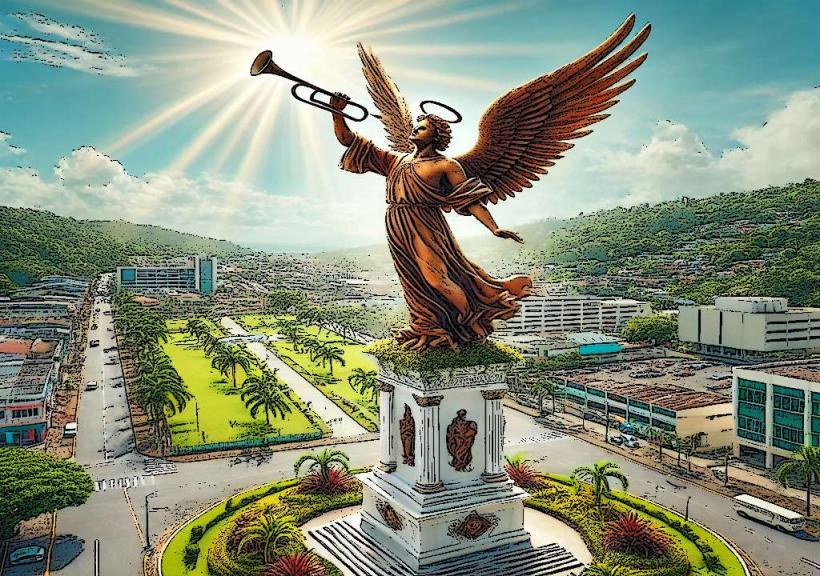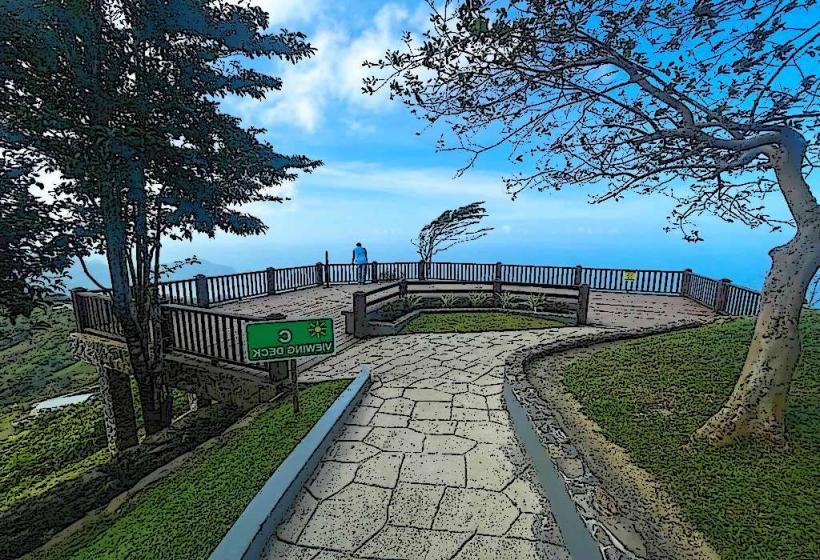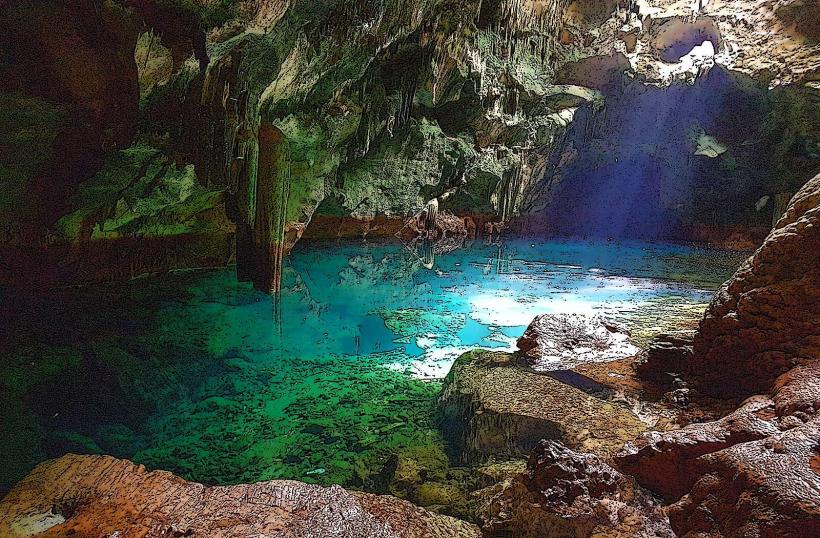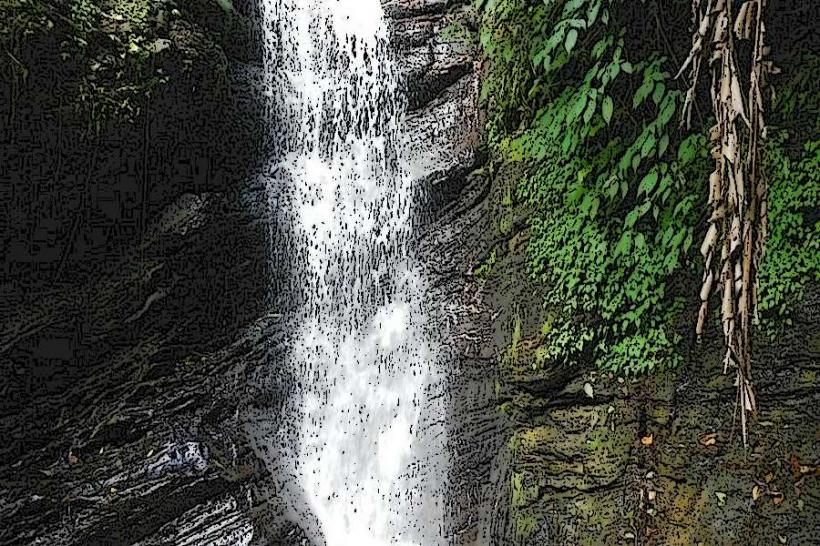Information
Landmark: Arima ValleyCity: Arima
Country: Trinidad and Tobago
Continent: North America
Arima Valley is a picturesque and historically significant region located in northeastern Trinidad, nestled in the foothills of the Northern Range of mountains. Known for its natural beauty, the valley is a popular destination for nature lovers, hikers, and those looking to escape the hustle and bustle of urban life. The area has a rich history and is an important agricultural and cultural hub in Trinidad.
Geography and Natural Features
Arima Valley is located near the town of Arima, which is situated about 25 kilometers (approximately 16 miles) from the capital, Port of Spain. The valley is characterized by its lush tropical landscape, with dense rainforests, stream-fed rivers, and mountainous terrain. The valley is known for its stunning views and cool climate, making it a popular destination for outdoor activities.
Key geographical features include:
- Northern Range Mountains: Arima Valley is surrounded by the Northern Range, a mountain range that forms part of the island's central spine. The range includes the El Tucuche Mountain, the highest peak in Trinidad.
- Rivers and Streams: The valley is rich in natural waterways, with several rivers and streams flowing through the area. These contribute to the lush vegetation and create ideal conditions for agriculture.
- Flora and Fauna: The valley is home to diverse wildlife, including various bird species, small mammals, reptiles, and insects. The rich biodiversity makes the valley an attractive location for birdwatching, wildlife photography, and nature walks.
History and Cultural Significance
Arima Valley has a rich cultural heritage that reflects the broader history of Trinidad. The area has been inhabited for centuries, and the valley itself has historical ties to indigenous populations, European colonization, and the plantation economy that developed during the colonial era.
Indigenous Presence:
Before the arrival of Europeans, the valley was home to Carib and Arawak tribes. These indigenous peoples used the land for hunting, fishing, and farming. Some place names in the valley are believed to have indigenous origins.
Agricultural Development:
During the colonial era, the valley's fertile soil and favorable climate made it a prime location for agricultural development. Cocoa, coffee, and sugar were cultivated extensively, and small farms and estates were established throughout the region. The agricultural practices of the valley are still significant today, with many farms producing a variety of crops.
Modern-Day Arima Valley
Today, Arima Valley remains a key part of Trinidad's agricultural landscape, with farming activities continuing to thrive in the region. However, the valley is also increasingly recognized for its potential as an eco-tourism and recreational destination.
Key Attractions in Arima Valley
Hiking and Nature Trails: Arima Valley offers several well-known hiking trails that allow visitors to explore the stunning scenery and rich biodiversity of the area. The Mount St. Benedict trail, for example, takes hikers up the mountain for panoramic views of the valley and beyond. The El Tucuche mountain trail is another popular hiking route, providing a more challenging ascent and incredible vistas.
Asa Wright Nature Centre: Situated in the valley, the Asa Wright Nature Centre is a premier eco-tourism destination known for its stunning rainforest setting and diverse wildlife. It is particularly popular for birdwatching, as it is home to over 150 species of birds, including hummingbirds and toucans. The center also offers guided nature walks, educational programs, and opportunities to learn about the rich flora and fauna of the valley.
Waterfalls and Rivers: The valley is home to several beautiful waterfalls, including Aripo Waterfalls, which are located in the Aripo River area. Visitors can enjoy peaceful nature walks leading to the falls, as well as opportunities for swimming in the cool, clear waters.
Cultural Events and Festivals: Arima, the town at the entrance to the valley, hosts various cultural events throughout the year, many of which are tied to the local traditions and history of the region. The valley and surrounding areas also have a rich cultural heritage that includes African, Indian, and European influences, reflected in the region's festivals, music, food, and crafts.
Agriculture and Farm Tours: Visitors to the valley can tour local farms, where they can learn about traditional farming practices and the cultivation of crops like cocoa, coffee, and fruits. Some farms offer tours where visitors can taste freshly made products, such as chocolate or coffee, and purchase locally grown produce.
Flora and Fauna
Arima Valley’s rich ecosystem includes a variety of tropical plants, including orchids, ferns, and fruit trees, as well as tall rainforest trees. The valley's diverse wildlife includes:
- Birds: The area is home to a variety of species, including the scarlet ibis, toco toucan, and various species of hummingbirds.
- Mammals: Small mammals like agoutis, monkeys, and armadillos can be spotted in the valley.
- Reptiles: The valley also hosts various species of lizards, frogs, and snakes.
Activities in Arima Valley
- Hiking: Explore the lush trails in the valley and surrounding mountains.
- Birdwatching: Arima Valley is renowned for its birdwatching opportunities, especially at the Asa Wright Nature Centre.
- Waterfall visits: Visit the region's beautiful waterfalls for relaxation and swimming.
- Cultural exploration: Learn about the history and culture of the area through visits to local sites and events.
- Agricultural tours: Discover local farming techniques and taste fresh, locally grown produce.
Accessibility
Arima Valley is accessible from the town of Arima, which is a 20-minute drive from Port of Spain. The valley is easily reached by car, and there are several roads that wind through the valley, making it simple for visitors to explore. Public transportation options, such as buses and taxis, also connect the valley to other parts of Trinidad.
Conclusion
Arima Valley is a beautiful and diverse region in Trinidad, offering a range of outdoor activities, rich cultural heritage, and stunning natural landscapes. Whether you’re a nature enthusiast, a hiker, a birdwatcher, or someone interested in learning more about the island’s agricultural and cultural traditions, Arima Valley offers a wide variety of experiences that highlight the beauty and charm of Trinidad’s northeastern region.

